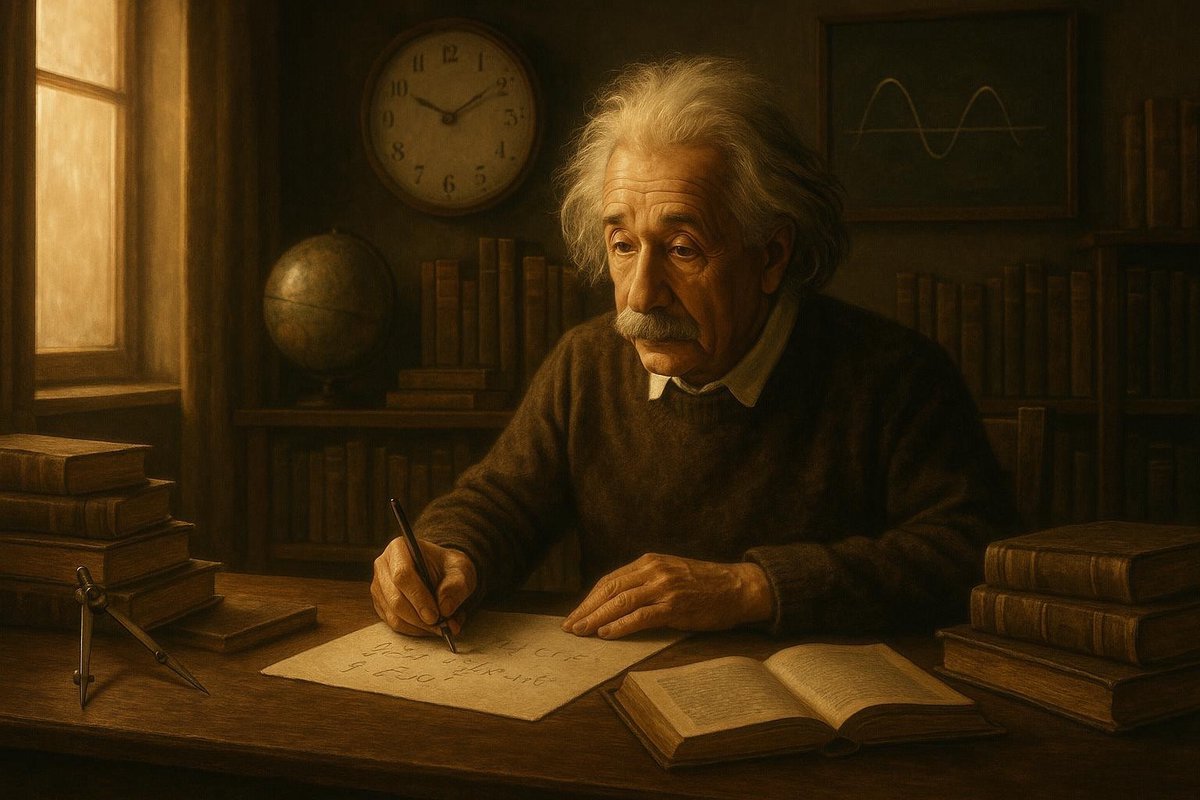
Early Influences: A Mind Shaped by Curiosity
Albert Einstein, a name synonymous with genius, had a mind driven by profound curiosity from a young age. Born in 1879 in Ulm, Germany, his fascination with the universe began when his father showed him a compass. Young Albert marveled at the invisible forces that directed the needle, planting early seeds of wonder. This small event kindled a lifelong quest to understand the unseen forces of nature.
- Born in Ulm, Germany in 1879
- Fascination began with a simple compass
- Early curiosity about unseen forces
Interestingly, many people might assume genius is inherent, but Einstein’s brilliance was nurtured by a supportive environment and an insatiable thirst for knowledge. His family valued education, and his inquisitive nature was encouraged rather than stifled. Imagine growing up in a world where your questions are never turned away—no wonder his ideas would later challenge the very fabric of physical reality.
Mental Models: Imagination as a Scientific Tool
Einstein once said, “Imagination is more important than knowledge.” Indeed, it was his imaginative capacity that revolutionized physics. In a world where rote memorization often stood in for understanding, Einstein dared to dream. He constructed vivid thought experiments, mental models that allowed him to explore complex concepts that went beyond the limitations of traditional science.
- Einstein’s belief: “Imagination is more important than knowledge.”
- Used thought experiments to explore complex ideas
- Challenged traditional science
Consider his famous thought experiment of chasing a beam of light. Einstein imagined what it would be like to ride alongside a light wave, a visionary idea that paved the way for his theory of relativity. Of course, these mental exercises weren’t mere flights of fancy; they were grounded in the rigorous logic that would ultimately change our understanding of time and space.
Challenges & Resilience: Overcoming Doubt and Skepticism
Einstein’s journey was not without hurdles. In the early 20th century, the scientific community was skeptical of his ideas. Physicists were comfortable with Newtonian physics—a framework that had stood the test of time for centuries. Yet, Einstein persisted against criticism and doubt, driven by a relentless belief in his vision.
- Faced skepticism from the scientific community
- Challenged the prevailing Newtonian physics
- Persisted with a strong belief in his ideas
His resilience was remarkable. Imagine standing at the edge of scientific understanding, facing a wall of disbelief, yet continuing to push forward. By 1915, his perseverance paid off with the publication of the general theory of relativity, fundamentally altering the way we perceive gravity. In doing so, he not only overcame doubt but reshaped the landscape of modern physics.
Legacy: Einstein’s Enduring Impact on Science
Einstein’s legacy is both profound and enduring. His revolutionary theories have become cornerstones of modern physics. The general theory of relativity remains a framework through which scientists explore the cosmos, examine black holes, and study the expansion of the universe.
- Theories are cornerstones of modern physics
- Relativity framework for exploring the cosmos
- Impact extends to black holes and universe expansion
As time goes on, his insights continue to inspire new generations of scientists and thinkers. Einstein did not merely add to the body of scientific knowledge; he transformed it, showing that the power of imagination can unlock the deepest secrets of the universe. In today’s world, where ideas are currency, his thought process remains a beacon for those daring to dream beyond the known.
Fuel Someone Else’s Curiosity
Einstein’s journey from curious child to pioneering physicist is a testament to the power of imagination and resilience. Share this story with others to spark their curiosity. Who knows what future innovations might emerge from someone inspired by Einstein’s legacy? Encourage a friend or a budding scientist to read this and ignite their potential. Let’s continue the conversation and see where our imaginations might lead.

Leave a Reply